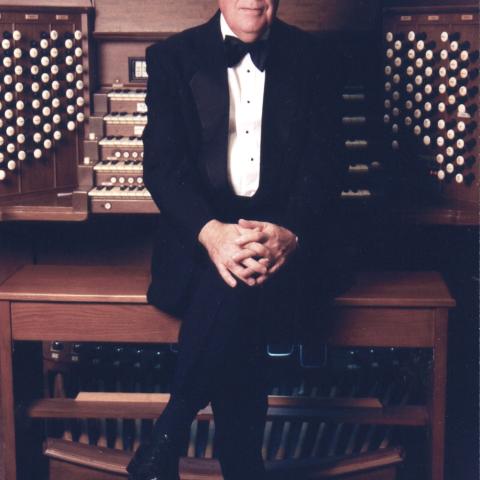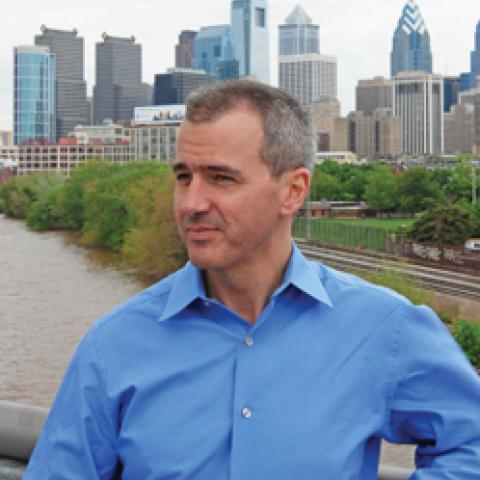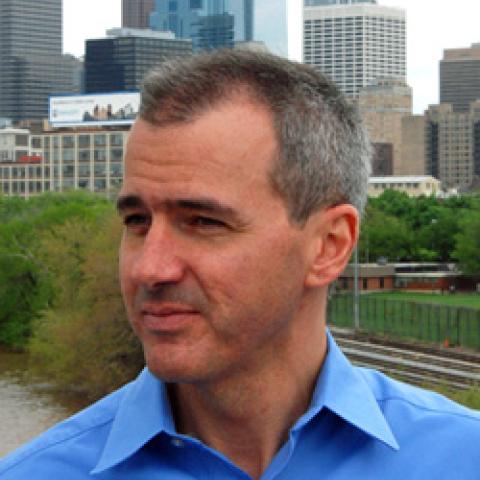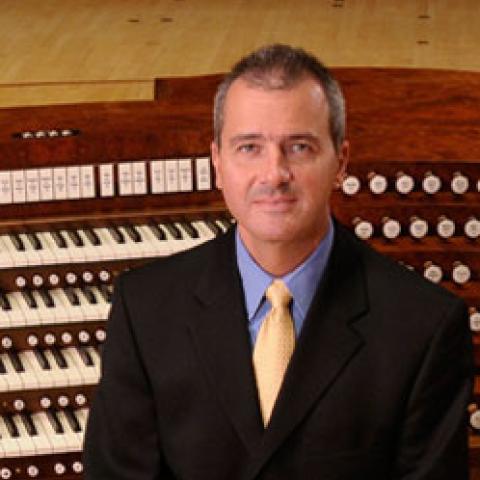
Alan Morrison recently made his Russian debut, performing a solo recital to a capacity audience in Glazunov Auditorium at the St. Petersburg Conservatory in St. Petersburg, Russia. The invitation came from both the Conservatory and the U.S. Consulate, to promote cultural exchange. He also taught an extended masterclass to six of the twenty organ students at the conservatory. A television interview was also conducted and can be seen on YouTube through a link on www.alanmorrison.com.
Morrison also recently performed an all-Bach-Family recital on the Fritts organ at Princeton Theological Seminary, appeared in Overture Hall in Madison, Wisconsin, and played the piano score of Rossini’s Petite Messe Solennelle with Choral Arts Philadelphia.
For information: www.concertorganists.com.






